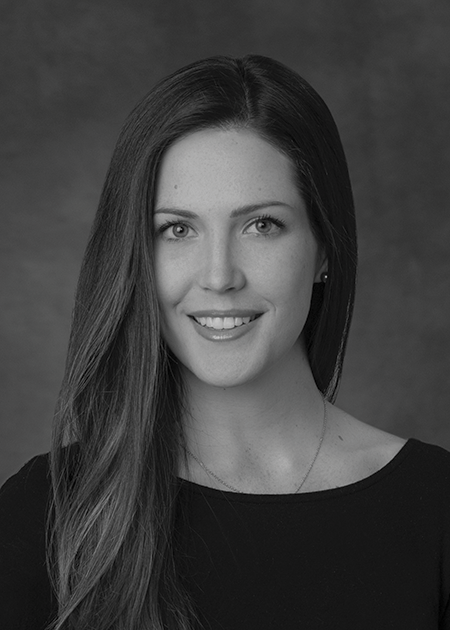What is your most valuable patient selection tool?

Ashley Brissette, MD, MSc, FRCSC
Assistant Professor of Ophthalmology, Weill Cornell Medicine, New York Presbyterian Hospital, New York
"My most valuable patient selection tool is a piece of advice that I was given when I started my career: 'You don’t have to operate on everybody who wants you to.' Any red flags that might be raised about patient expectations, demands, or the way they treat you or your staff gives you the right to refuse to operate. Once you operate on somebody, they’re your patient forever, so if you feel uneasy about the relationship, I advise you to refer them elsewhere. More patients will always come, so never be worried about losing business. It’s much better than losing multiple nights of sleep. You have an incredible set of skills, and it is your gift to offer them to help people see better again. But never operate on someone if you don’t feel comfortable with them.”

Ben LaHood, MD, MBChB(dist), PGDipOphth(dist), FRANZCO
Ophthalmic surgeon, The Queen Elizabeth Hospital, Adelaide, Australia, and Ashford Advanced Eye Care, Adelaide, Australia
"My most valuable patient selection tool is my corneal tomographer, but perhaps not for the reason you might expect. I do not routinely use it for cataract planning as it would be extremely unlikely to alter my surgical plan. Too often, I hear people say that corneal tomography is needed to implant premium IOLs, and I hate that this may unnecessarily scare surgeons away from implanting toric IOLs. Even an irregular cornea will have some regular astigmatism that will benefit from a toric IOL unless the patient wears a rigid contact lens. My corneal tomographer is valuable in deciding whether laser vision correction is a safe option and which technique is most suitable. For those who do not routinely perform laser refractive procedures, it may be worrying to learn that corneal tomography is rarely incorporated into an ablation plan. Tomography is instead used to detect any increased risk of ectasia. If a cornea displays concerning features, I can then explain to the patient why LASIK or SMILE is unsuitable. We can then discuss options such as CXL and corneal laser regularization. Corneal tomography allows me to select which procedure will suit which individual eye safely.”


